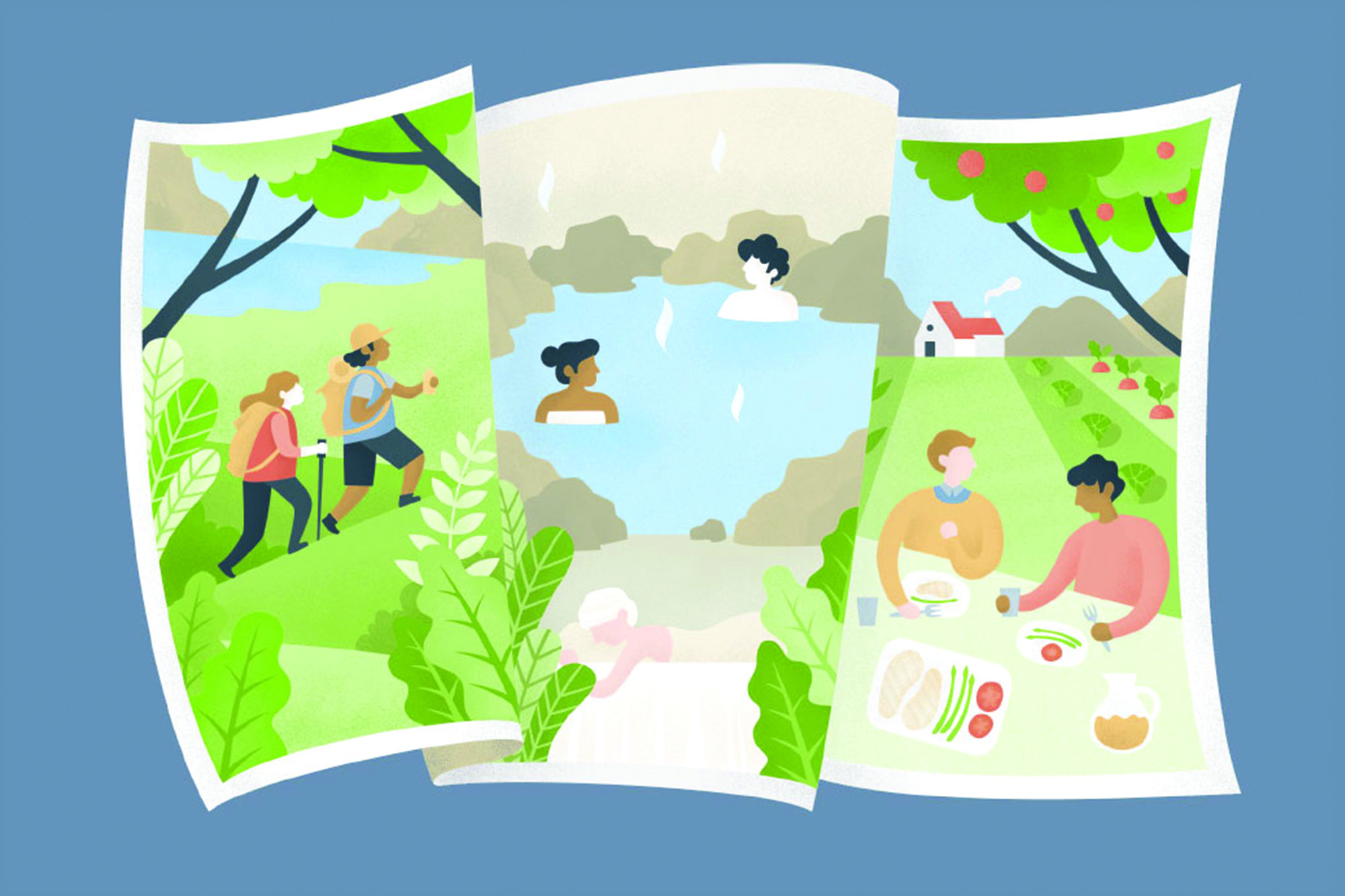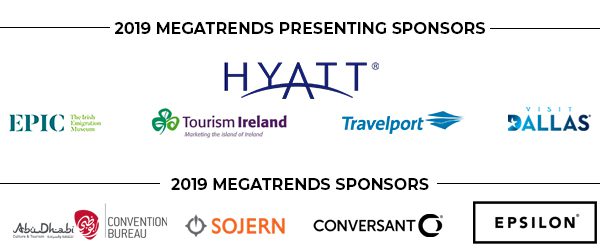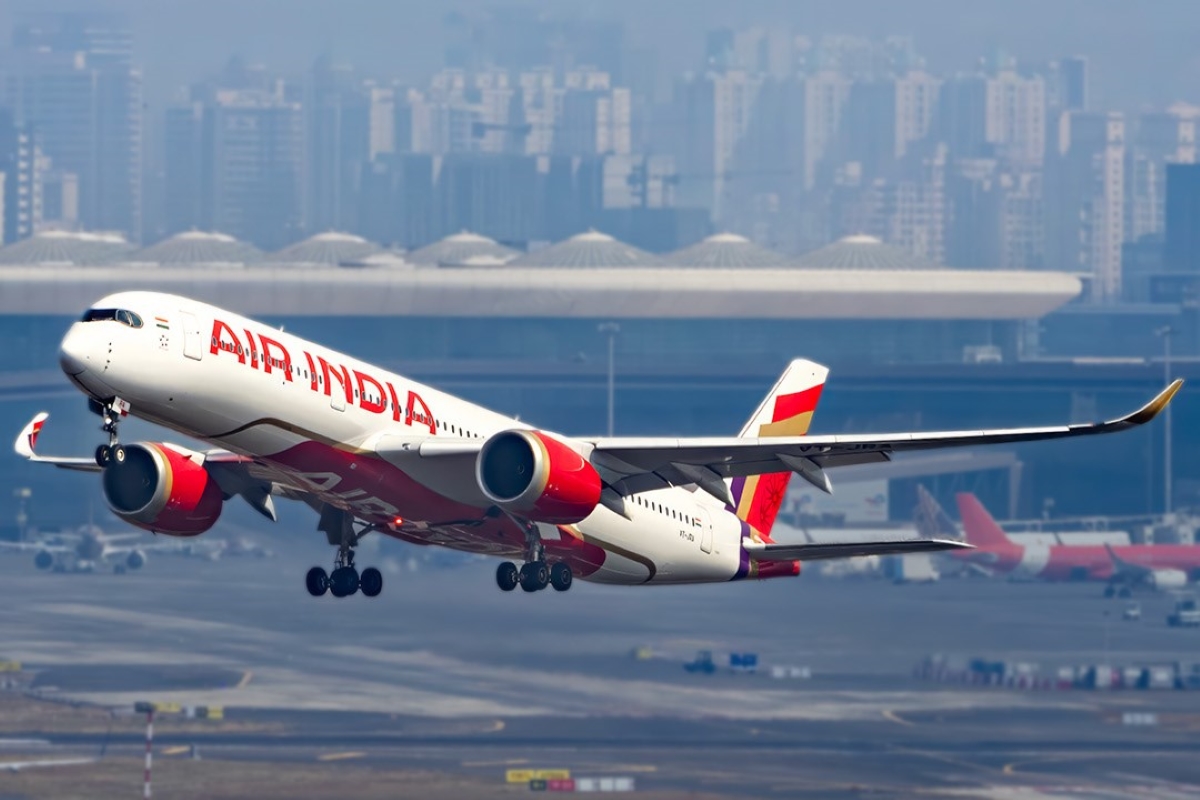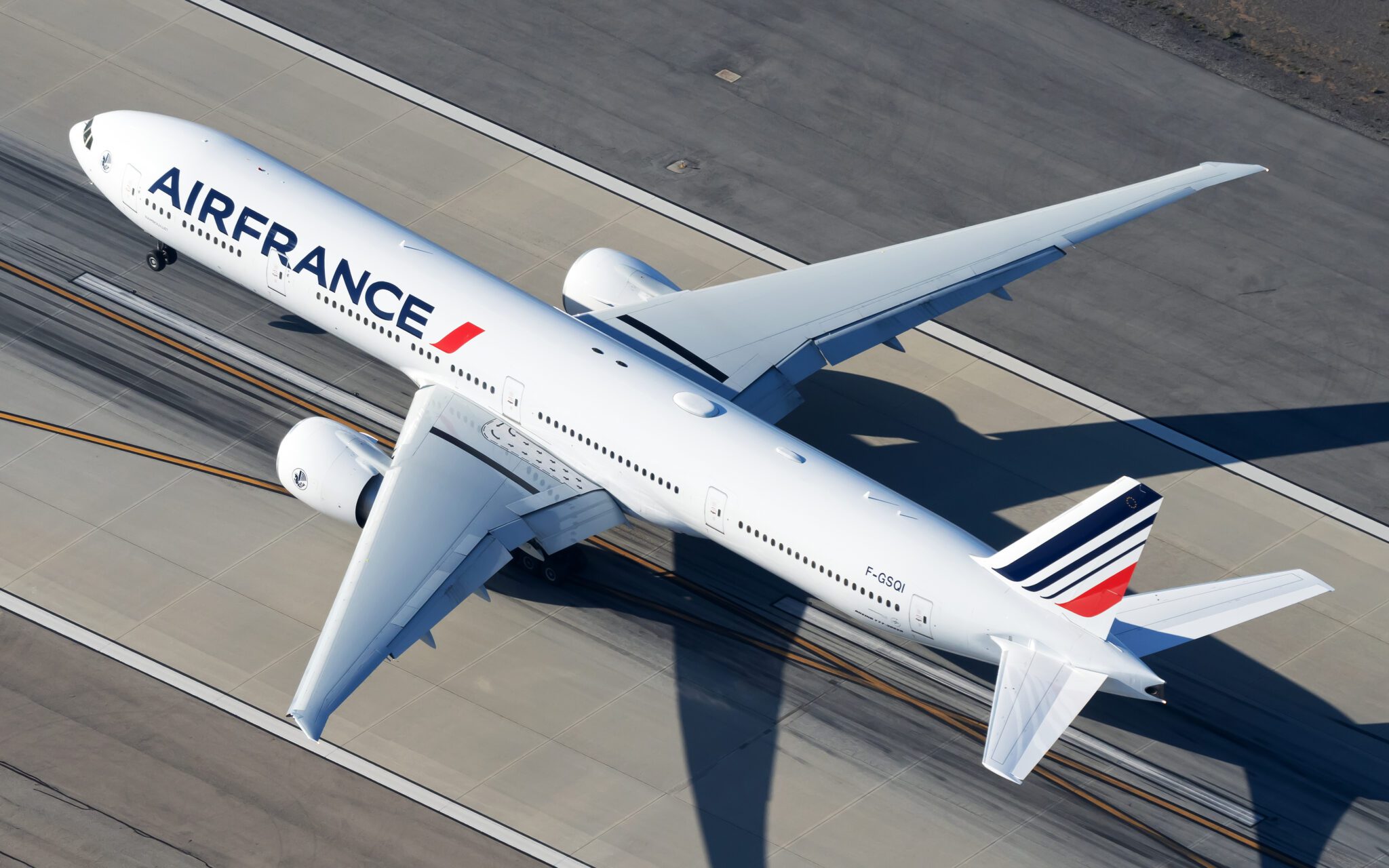Travel Megatrends 2019: Wellness Is the New Hook in Travel Marketing

Skift Take
There’s no denying that wellness is having a moment — from the organic and farm-to-table food movements to the rise of clean and natural beauty products to, you guessed it, travel. The Global Wellness Institute estimates that wellness tourism grew into a $639 billion market in 2017, and that number only stands to rise.
“I don’t think wellness is a fad, but rather it’s a change in society, and what society now expects,” said Andrew Gibson, co-founder of the Wellness Tourism Association. “We’ve seen wellness become a full-blown industry.”
To take advantage of this momentum, smart destinations have begun prioritizing wellness in their messaging, luring tourists who want to escape otherwise stressful lives or further their quest toward inner peace. And so far, it’s working: World travelers made 830 million wellness trips in 2017, 139 million more than in 2015, according to the Global Wellness Institute. If the upward trend continues — as experts predict — in 2019, the numbers could reach 1 billion.
Clearly, destinations already considered wellness-oriented, like Hawaii or St. Lucia, would be wise to heavily market to this new type of traveler — which shouldn’t be too hard a task. Other locales, more known for their “vice” offerings (Las Vegas, for starters), will likely need to play up their existing spa services or the notion that there’s “something for everyone” to get in on this huge slice of the tourism pie. As for places with little to no wellness ties? They’ll either have to do some marketing soul-searching or skip the trend entirely, which could mean a major missed opportunity for revenue.
Get Your Skift Travel Megatrends 2019 Download Here
Still, it may not be all rosy for destinations with an established wellness scene. Smaller communities known for their health-minded residents may start seeing too much of an influx of yoga, hiking, and spa-going visitors after a big marketing campaign. While that’s good for their economy, it may chip away at the residents’ quality of life, thus altering what made these destinations so wellness-focused to begin with.
The hope, however, is that if marketed in a strategic way, wellness travel can prevent overtourism, drawing people away from beyond-crowded cities and into more tranquil, less-touristy locales that could use the economic boost. In the meantime, quick-adapting destinations will push this new hook of “travelers going home in a healthier state than when they arrived,” all the while reaping the benefits of a wellness tourism growth rate that’s more than twice as fast as tourism overall.
Putting a Label on It
The Romagna region of Italy got in early on the wellness-tourism action. The founder of Technogym, a high-end fitness equipment company, always knew the region had a reputation for active residents, relatively high incomes, and healthy eating habits. Inspired by Silicon Valley, he dubbed the slice of Italy “Wellness Valley” back in 2002.
In 2006, the region launched the “Visit Wellness Valley” campaign, promoting itself to potential visitors by certifying its spas and accommodations and highlighting must-see tourist sights and must-hike trails on its website.
“We wanted to let people know that here, you can go f rom yoga by the sea to hiking in the mountains in only an hour,” said Barbara Candolfini, the Wellness Valley marketing and media relations leader for the U.S. and Canada. It’s possible the region may even have joined the movement a little early, before the idea of an all-encompassing wellness trip entered most travelers’ minds.
“The public now knows about wellness and what they want, but a decade earlier, there might have been trepidation,” said Gibson.
No longer. These days, thanks to the public’s newfound appreciation for wellness — and the region’s clever messaging around it, which has included slogans such as “Wellness Valley: The land which makes you feel well” — the number of visitors keeps climbing, said Candolfini. Local businesses are catering to a set of travelers who’ve already seen the likes of Rome, Florence, and Venice, and want to escape the tourist mobs and experience a more authentic, relaxing slice of Italian life.
Capitalizing on a Legacy
As for a city like Boulder, Colorado, it’s been known as one of the epicenters of the natural movement since the 1960s, thanks in no small part to its Rocky Mountains backdrop, easy access to nature, and farm-to-table food scene. Last year, National Geographic and Gallup named it the happiest U.S. city. Thus, it’s been easy for locals to create a wellness hook
“Wellness and health is part of our DNA — if you visit Boulder, year-round, it’s almost guaranteed you’re going to be outside, breathing in the fresh air,” said Kim Farin, director of marketing for the Boulder Convention and Visitors Bureau.
To up their wellness-marketing game, Boulder is using subtle messaging tactics in its tourism newsletters. “People know Boulder is a wellness town, so we don’t want to hit people over the head with it — it’s more of a gentle reminder of all the outdoor activities you can do, and the benefits of living this lifestyle,” said Farin. The strategy is paying off.
“There are more people on our trails than ever before; we saw a 34 percent increase since our last report 12 years ago,” said Farin, who notes a portion of these new visitors are novice hikers, just getting into the scene. As of January 2018, the city had seen a 24 percent increase in the number of hotel rooms, added Farin.
Meanwhile, cities like Santa Fe, which is known for its hot springs, are also finding it easy to tap into the wellness movement. The city long ago built up a reputation for its enticing spas, but now it’s also promoting itself as a destination for all-encompassing wellness all year. Consider, for example, the opportunity to do a “YogiHiker” excursion (spas even offer oxygen treatments for the high-altitude weary), or go rafting on the Rio Grande river, or visit the only few-years-old desert wellness resort, Sunrise Springs, which has a whole team of “Thrive Guides.”
“We freshened up our ad campaign last fall to show a woman getting a massage, but the image flows into mountains and scenery,” said Joanne Hudson, public relations manager for Tourism Santa Fe. “The concept was to pair the natural environment here with our reputation of relaxing and rejuvenating.”
Entire countries, too, are using wellness as a draw: A recent Switzerland tourism newsletter promoted the Certified Wellness Destinations across the country (Switzerland Tourism gives these locales the designation), from St. Moritz to Bad Ragaz as well as its Spa & Vitality Hotels.
“We like to joke that a week in Switzerland is like spending a week at the spa,” said Alex Herrmann, director of Americas at Switzerland Tourism, noting the country’s popular pastimes: skiing, hiking, mountain biking, and eating well in the fresh Alpine air. “Doing anything here in Switzerland is like a wellness vacation.”
Looking ahead, Hermann is mulling how to promote the medical aspect of tourism—for example, visitors can come to a top spa for a checkup with a doctor, as well as get a massage and thermal soak. “Many five-star properties have moved more into the medical side,” said Herrmann. “Different people see different things in wellness.”
Opportunities Ahead
If a destination isn’t traditionally known for wellness, that’s OK, too, said Gibson. With the right marketing, most cities can still highlight the well-being offerings they do have. “With Detroit, for example, you hear a lot of news about industry and unemployment—but there could be more messaging about the spas and bike paths to show they’re moving in the right direction.”
More conventional wellness destinations also have room for growth, said Gibson. A resident of Santa Monica, California, himself, he is baffled that the beachside city hasn’t done much to publicize its position at the forefront of health. “I see so much wellness here—it’s impossible not to be healthy,” he said. “But they haven’t really gotten the message out. I don’t think full capitalization around wellness has been realized.”
Download Your Copy of Skift Travel Megatrends 2019





